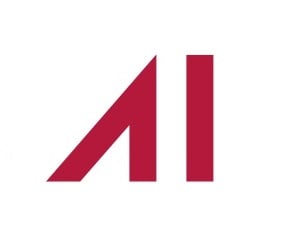 Kaizen – the Japanese word for continuous improvement. While this is most often seen in business management and performance contexts, and often disregarded as another buzzword, its fundamental premise should not be. Continuous improvement is about making small, incremental improvements that in the short, medium, and long term add up to significant operational or financial benefits, as well as enhanced customer satisfaction.
Kaizen – the Japanese word for continuous improvement. While this is most often seen in business management and performance contexts, and often disregarded as another buzzword, its fundamental premise should not be. Continuous improvement is about making small, incremental improvements that in the short, medium, and long term add up to significant operational or financial benefits, as well as enhanced customer satisfaction.
We try to implement this approach across everything we do at Abley. Like many businesses, we have been working on continual improvement for our internal processes, particularly around our financial systems. While many organisations have also made the transition from paper-based to paperless environments, we have taken this a step further by moving to 100% cloud-based software, integrating out of the box original standalone products (Receipt Bank, Xero, WorkflowMax) to create our own ‘expense management flow’.
These integrations have provided valuable time savings, allowing us to invest more time in developing innovative process improvements such as transitioning from spreadsheet-based project management reporting to cloud-based solutions. This integration has not only provided savings of 40+ hours per week, but also enabled a resilient workflow to be developed, that enables our team to provide a high level of client service, whether working from home, in the office or further afield.

In reviewing the existing workflows, we identified an opportunity using data integration and automation tools, to develop a process that would improve both quality and the speed of service delivery. Since implementing this in June, the new process has been estimated to save over 400 hours of staff time, which at a conservative $100/hour, would result in a $40,000 plus direct improvement to the bottom line – and the good news is, this saving is ongoing.
The key lesson from this however was that while innovative step change may be the long-term goal, we should not overlook the smaller, incremental changes that can provide substantial benefits from the outset.
Questions to ponder for your organisation:
- Where, in your current workflows is there room for improvement?
- Are there regular, repeated processes that if improved, could provide a similar direct benefit to the above example?
- Are there manual tasks that take employees away from more important or productive activities that, if addressed, would further enhance your commercial offering?
We have a team of experts who work with organisations to improve workflows across a range of industries and applications. You may or may not already have ideas for potential improvement. But if your organisation have processes, we are here to explore where continuous improvement could save you time and money.
What is your 40/400 hour opportunity?
.png?width=556&height=152&name=Abley_MasterLogo-Website%20(1).png)


